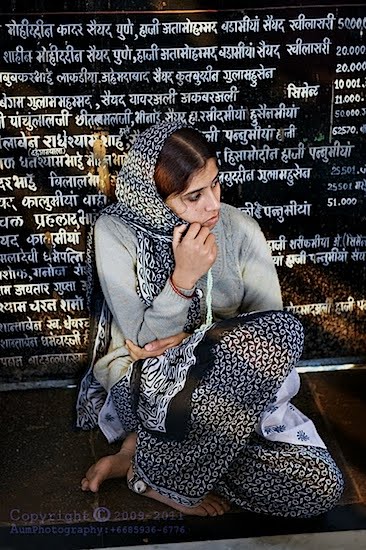Regular readers of The Travel Photographer blog may have noticed the small PhotoShelter ad on the right sidebar. Yes, PhotoShelter has become a sponsor of this blog because I believe its products are tremendously useful to photographers and photojournalists and this is reflected by its impressive list of clients....some of who are friends and acquaintances.
I, too, have now joined PhotoShelter not because I needed another website, but because I wanted an online archive and lightboxing system, and a sales mechanism for my images. I know that the many photographers and photojournalists who constitute the bulk of my readership will benefit by joining and using PhotoShelter if they haven't already.
The PhotoShelter ad will appear in the sidebar of this site, any paid signups that occur through links on The Travel Photographer will generate a commission**, and I will occasionally write a post about how and when PhotoShelter has worked for me. The site will remain editorially and fiercely independent as always.
If you’ve ever considered signing up for online archive and purchasing system, click on the link on the sidebar. It only costs $1 to get started on PhotoShelter on a 2-week trial. You will be doing your photography business a favor.
** All commissions will be donated to the Foundry Photojournalism Workshop, and aimed right back at helping emerging and aspiring photojournalists.
I, too, have now joined PhotoShelter not because I needed another website, but because I wanted an online archive and lightboxing system, and a sales mechanism for my images. I know that the many photographers and photojournalists who constitute the bulk of my readership will benefit by joining and using PhotoShelter if they haven't already.
The PhotoShelter ad will appear in the sidebar of this site, any paid signups that occur through links on The Travel Photographer will generate a commission**, and I will occasionally write a post about how and when PhotoShelter has worked for me. The site will remain editorially and fiercely independent as always.
If you’ve ever considered signing up for online archive and purchasing system, click on the link on the sidebar. It only costs $1 to get started on PhotoShelter on a 2-week trial. You will be doing your photography business a favor.
** All commissions will be donated to the Foundry Photojournalism Workshop, and aimed right back at helping emerging and aspiring photojournalists.












































